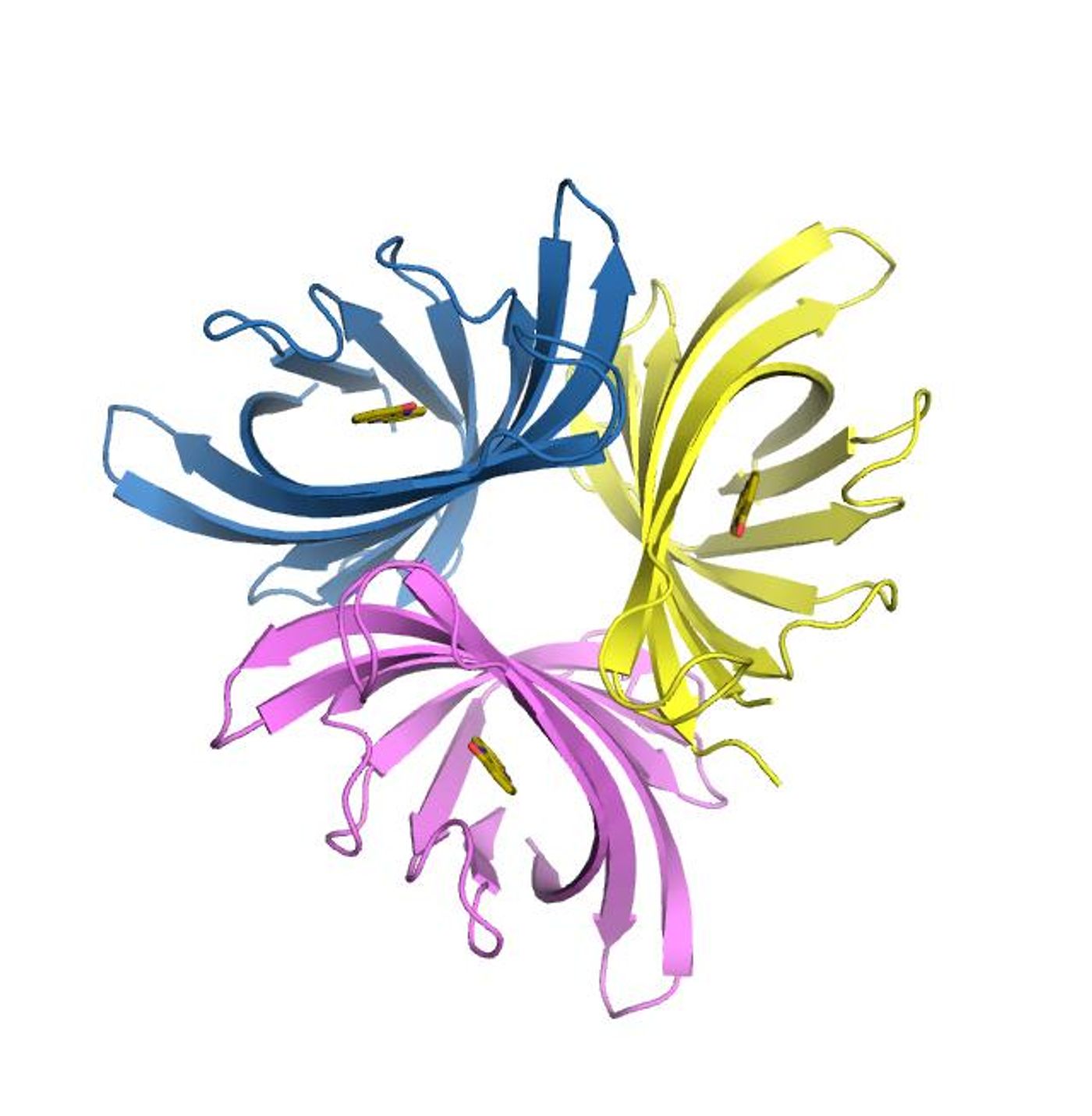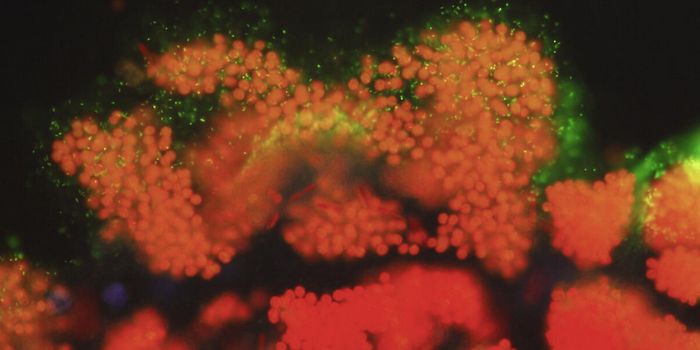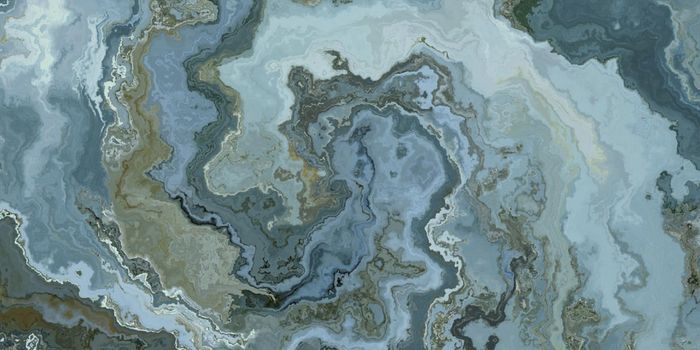Biofilms are the product of bacteria that grow on a surface and usually secrete a matrix. When that kind of microbial colony forms, it can be quite tenacious and if the biofilm is the product of a pathogenic microbe, they can be very dangerous. It has been shown that biofilms are more resistant to antibiotics, and those biofilms can form in many places, including inside the human body. Cystic fibrosis patients are impacted by deadly lung infections caused by a bacterium that forms a biofilm, discussed in the video below.
Investigators at Caltech and the University of Oxford have made advances in the fight against that bacterium, Pseudomonas aeruginosa. A research team that was led by Dianne Newman, the Gordon M. Binder/Amgen Professor of Biology and Geobiology, have determined that a protein called pyocyanin can both inhibit and degrade biofilms of the P. aeruginosa bacterium. They have reported their
findings in Science.
"Pseudomonas aeruginosa causes chronic infections that are difficult to treat, such as those that inhabit burn wounds, diabetic ulcers, and the lungs of individuals living with cystic fibrosis," said Newman. "In part, the reason these infections are hard to treat is because P. aeruginosa enters a biofilm mode of growth in these contexts; biofilms tolerate conventional antibiotics much better than other modes of bacterial growth. Our research suggests a new approach to inhibiting P. aeruginosa biofilms."
P. aeruginosa produces a blue-colored molecule called pyocyanin, which has been used as an identifier of the bacterium for over one hundred years. Newman’s previous work has shown that the pyocyanin molecule supports the growth of biofilm, suggesting that if the molecule is broken down, the biofilm will collapse.
The researchers looked to soil bacteria for a chemical that would degrade pyocyanin specifically. Postdoctoral fellow Kyle Costa isolated the bacterium Mycobacterium fortuitum, which makes a protein that had been uncharacterized, PodA, pyocyanin demethylase. After treating colonies of P. aeruginosa with PodA, the scientists saw that biofilm formation was inhibited.
"While there is precedent for the use of enzymes to treat bacterial infections, the novelty of this study lies in our observation that selectively degrading a small pigment that supports the biofilm lifestyle can inhibit biofilm expansion," said the first author of the work, Costa, who noted that the data is relevant to the manipulation of microbial biofilms. "There are many more pigment-producing bacteria out there in a wide variety of contexts, and our results pave the way for future studies to explore whether the targeted manipulation of analogous molecules made by different bacteria will have similar effects on other microbial populations."
There are still several years of testing ahead to found out it these findings can be translated into treatments for patients in the clinic, but the scientists think this research shows therapeutic potential; proteins like PodA might be utilized in the treatment of antibiotic-resistant biofilm infections.
"What is interesting about this result from an ecological perspective is that a potential new therapeutic approach comes from leveraging reactions catalyzed by soil bacteria," said Newman. "These organisms likely co-evolved with the pathogen, and we may simply be harnessing strategies other microbes use to keep it in check in nature. The chemical dynamics between microorganisms are fascinating, and we have so much more to learn before we can best exploit them."
For more about the research of Howard Hughes Investigator Dr. Newman, check out the video above in which she gives a talk on the role of phenazines like pyocyanin in microbial survival.
Sources:
AAAS/Eurekalert! via
Caltech,
Science









